In an interview held by DPReview, Yosuke Yamane, which is the Vice President of Panasonic’s Entertainment and Communication, elaborated on a pretty exciting announcement. According to Yamane, Panasonic intends to enter into the market of cloud-based video workflow, enabling LUMIX cameras to upload video files straight to the cloud, frame. io-style.
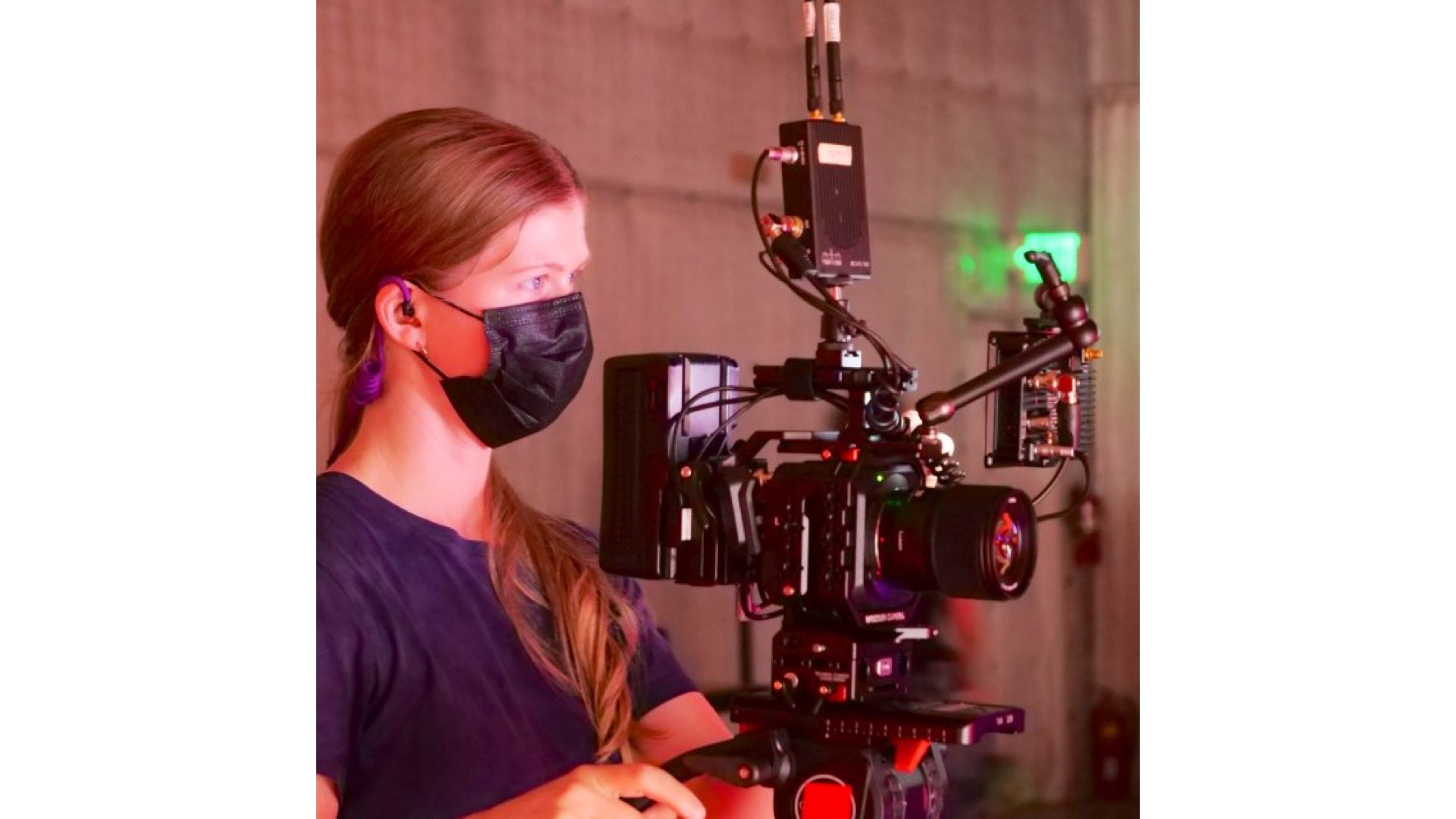
Panasonic’s Camera-to-Cloud: Future plans
DPReview interviewed one of the key people involved in the development of the LUMIX brand, Yosuke Yamane, which is the Vice President of Panasonic’s Entertainment and Communication. In a footnote, Yamane elaborated on Panasonic’s intentions to get into the cloud-based video workflow. ‘We hope to enhance cloud network technology and other technologies that will enable editing while shooting by linking with the cloud, or example with footage or proxies being uploaded as they’re shot so that the editing process can begin immediately” Yamane stated, and added: ‘It depends on each creator. Some people want to do the whole process, first to last; some people just want to do the shooting – post-production can be outsourced. Post-production is done offline but should shift to an online basis. It’s important for Panasonic to start to be involved in these workflows”.

Adobe: 6,000 productions utilized this technology
At the most recent Adobe MAX, the industry’s first ‘Camera to Cloud’ integration was introduced. Built directly into RED Digital Cinema’s V-Raptor and V-Raptor XL camera systems, and now implemented in the Komodo as well, this integration enables footage to transfer directly from on-set cameras to cloud-based Frame.io folders without the need for intermediate devices, so post-production teams located anywhere can start work on the footage immediately, saving both production costs and time. “Now used globally by more than 6,000 productions, Adobe’s first-to-market Camera to Cloud technology (powered by Frame.io) ignited the transition from external drives to cloud-based camera workflows, fundamentally changing the way video is created. This new in-camera evolution is anticipated to become a standard within the next decade, enabling future filmmaking to be fully cloud-powered” Adobe stated and emphasized that cloud-based camera video workflow is the future.
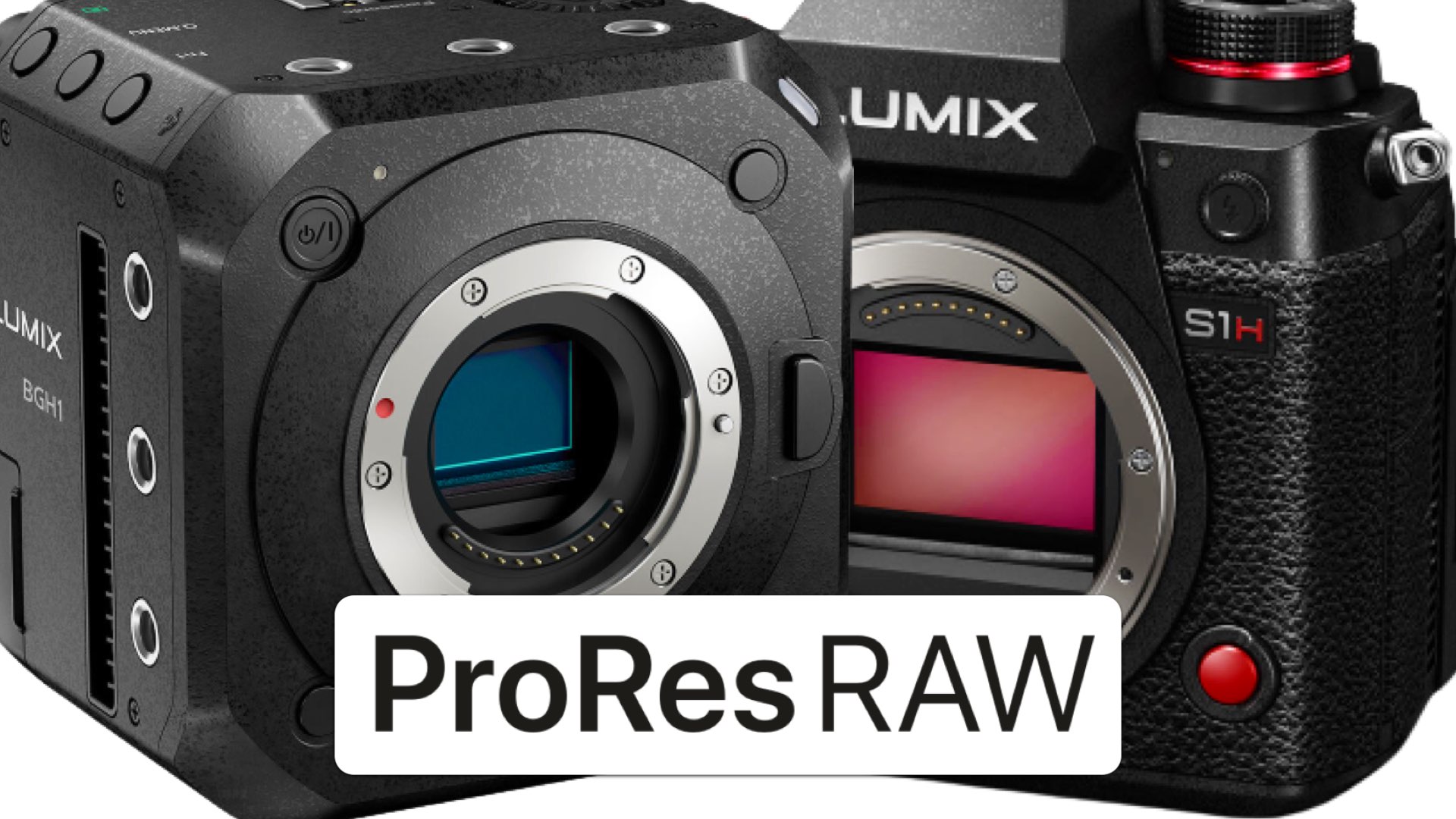
Advantages and disadvantages
The advantages are clear, as the production team no longer has to wait for camera cards to be offloaded. For instance, the editor can start cutting while shooting. Producers or other creatives can view and comment on what they’re seeing. Everything is done in real-time, and without the need for external drives to be shipped and moved from hand to hand. However, the disadvantages are also clear. The main bottleneck is bandwidth. Nevertheless, it will continue to improve (5G, satellite internet, WiFi 6), hence, by 2031 the bandwidth will have increased to the point where moving RAW files will be a common practice compared to today (that’s what Adobe is saying). Also, cloud storage is expensive, and it might be more expensive than buying physical media since we’re talking about cinema camera bitrate (high-resolution raw files – 300MB/s and above). Yeah – you are going to pay a lot for those cloud services.
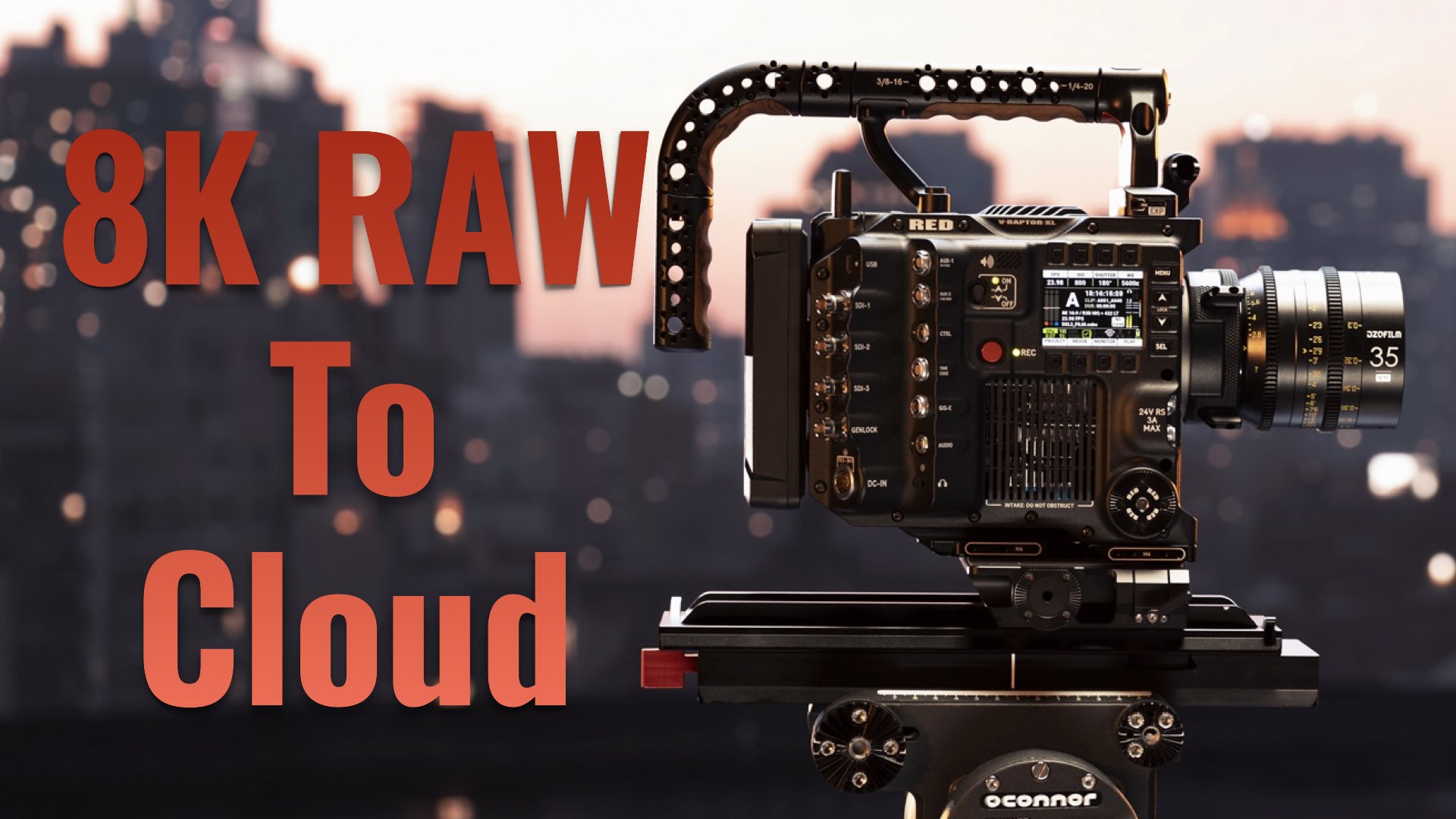
Can be implemented into the LUMIX
For now, most filmmakers can upload ProRes LT in HD, which requires about 10MB/s for real-time uploading. Also, it must be noted that if you have only 40 Mbps upload bandwidth, that’s not really an obstacle. Because it takes 6-10 hours to shoot a total of one or two hours of material. So during the downtime—when you’re changing setups or there’s a pause in the action—you can take advantage of available bandwidth to upload (stated from the frame.io blog). Thus, LUMIX can handle camera-to-cloud very well. It will be expensive, but efficient in some cases.
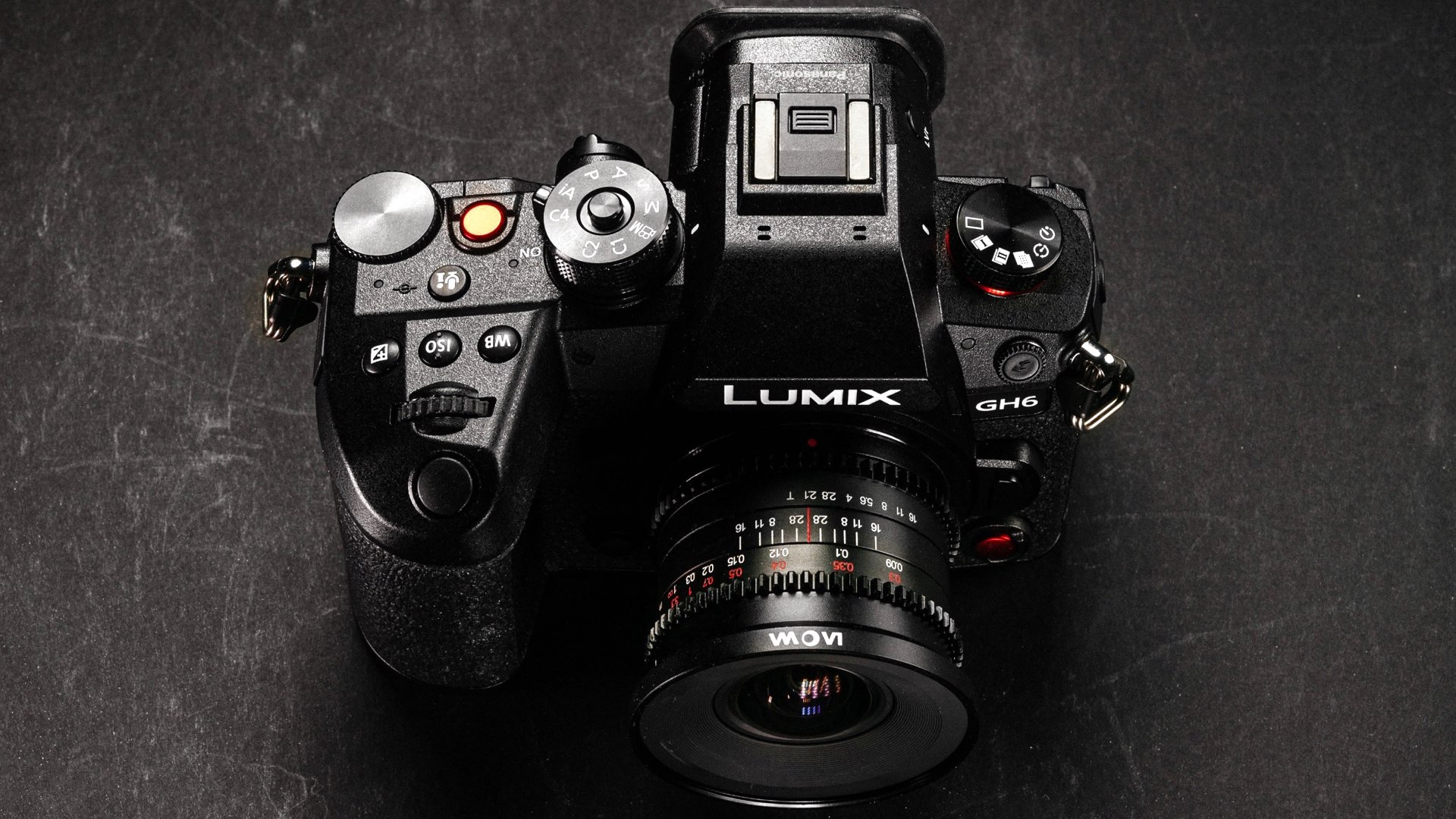
Adobe has started the competition
This announcement by the VP of Panasonic’s Entertainment and Communication can be constituted a big deal since Panasonic will compete against Adobe in that space. Moreover, other giants may participate as well (Canon, and Nikon) in the race for camera-to-cloud video technologies. Professional content creators will benefit from that since storage prices will be reduced dramatically. However, this is for the long run, as we aim for 2025 and above, till this technology will be further evolved.
Product List
Here’re the products mentioned in the article, and the links to purchase them from authorized dealers.
- Panasonic LUMIX Full-Frame Mirrorless Cameras

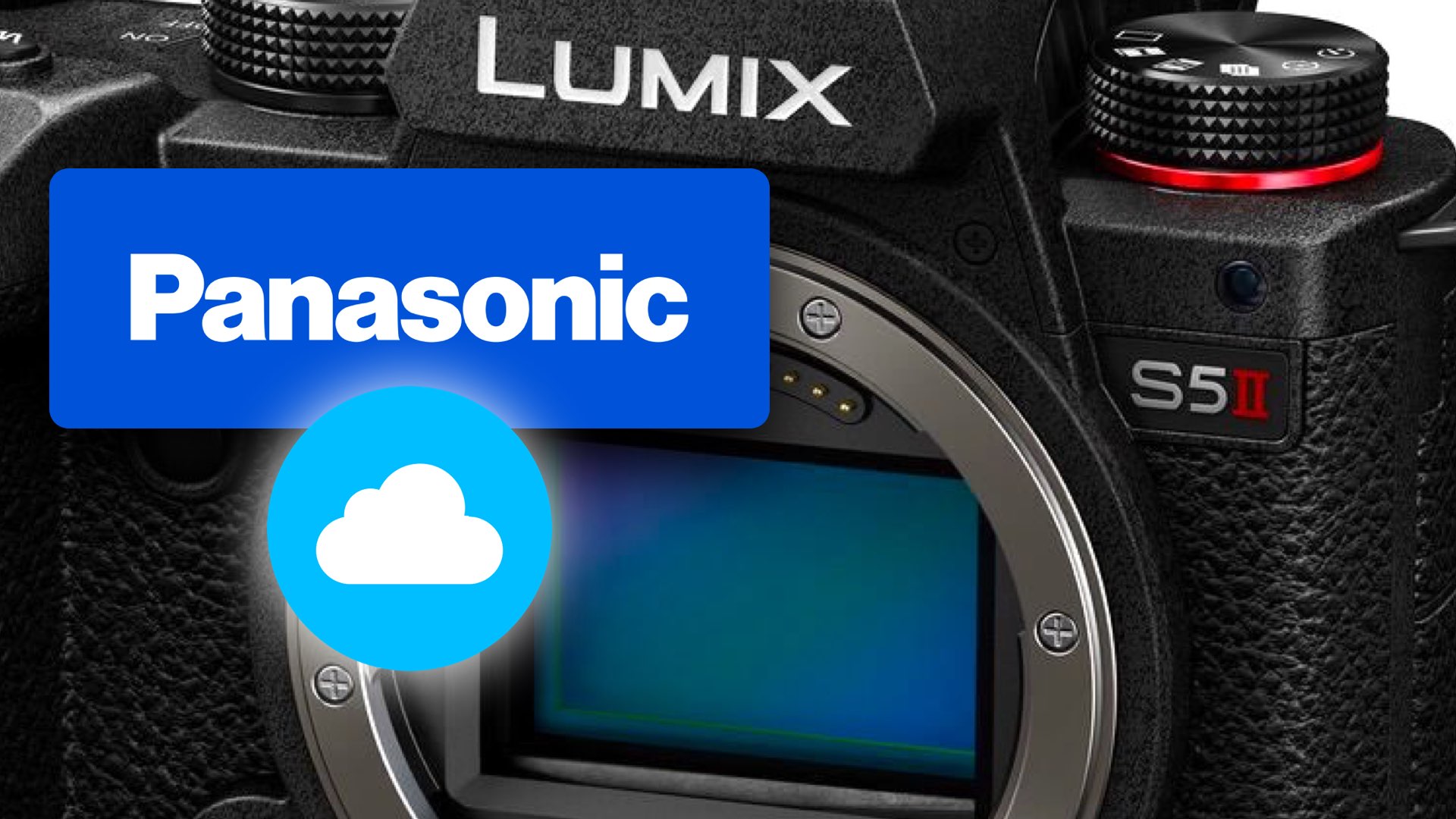
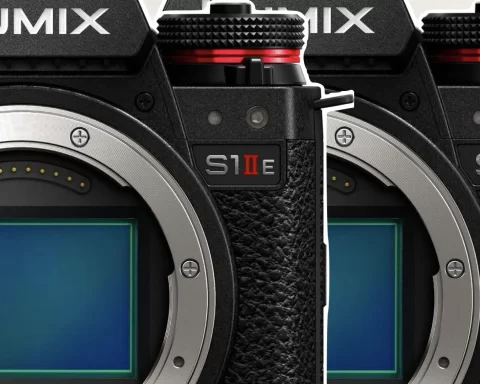




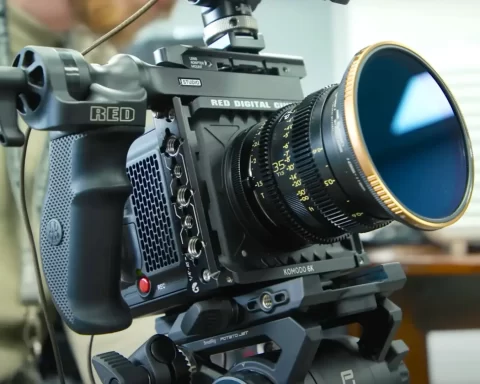
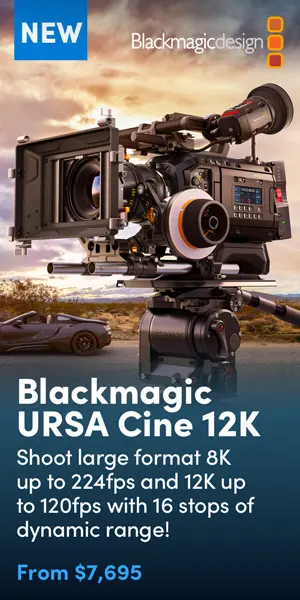

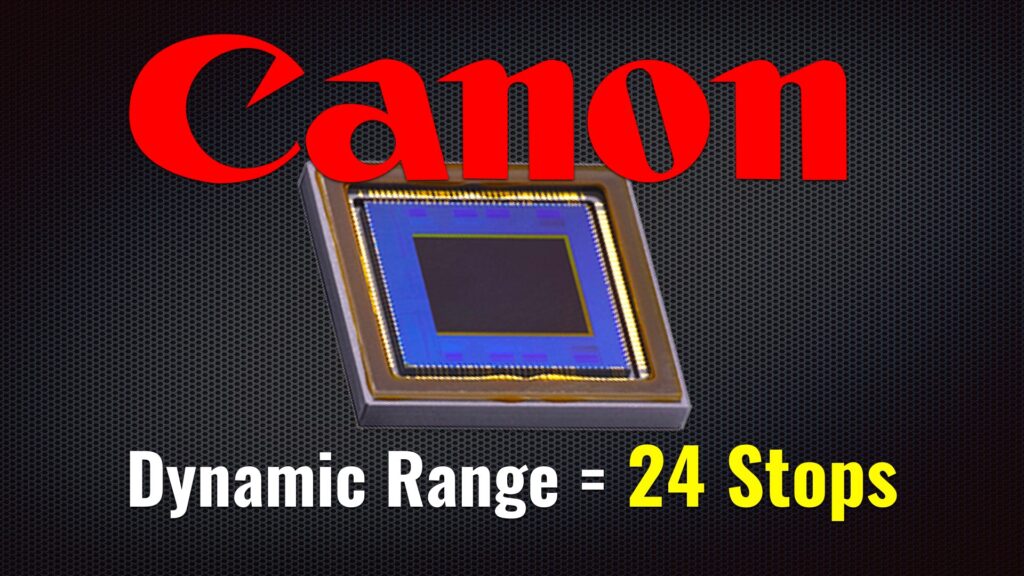
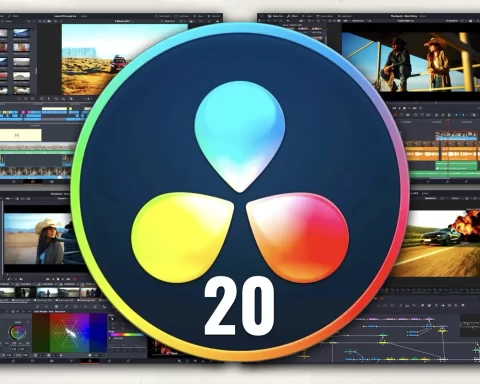
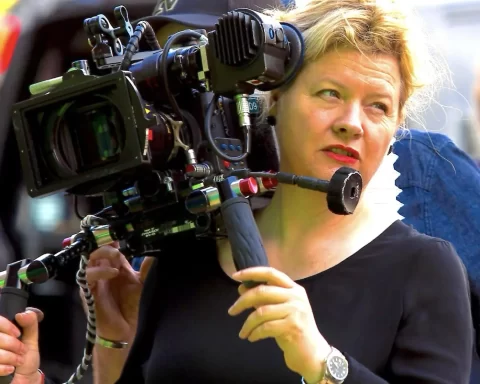


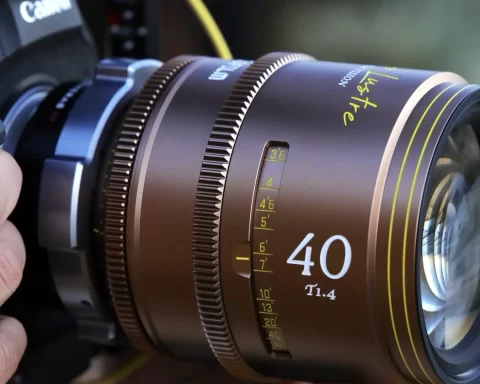


10MB/s is ~80Mbps for upload speed
panasonic connect “KAIROS” plantform?